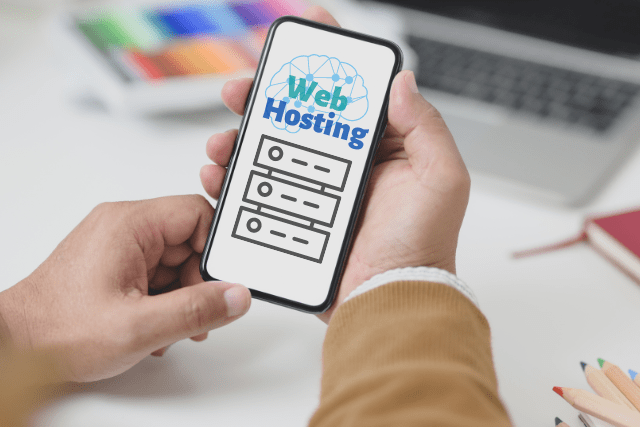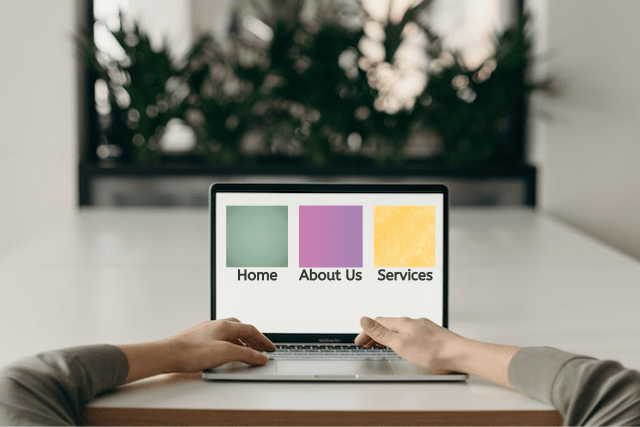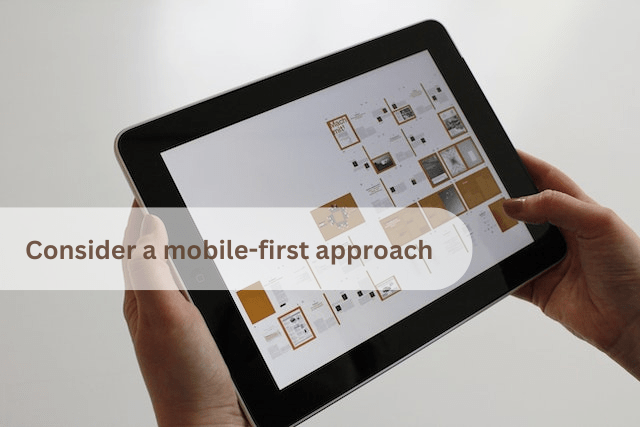An online business is only as good as its website. If your site isn’t user-friendly, if it has a slow loading speed or if it’s difficult to find specific information, you struggle to convert browsers into buyers. It’s crucial to invest in improving your site and doing so starts with identifying the biggest issues.
User experience is the whole sum of how people interact with websites. It takes into consideration such principles as clarity, feedback, utility, simplicity, trustworthiness, ease of use, and intuitiveness working together to create an ideal web design that subconsciously guides users through the various screens of your site so they can find what they’re looking for quickly and easily.
A fast, attractive, and user-friendly business website will help you stand out from the competition and increase sales. A slow, unappealing website, on the other hand, will have the exact opposite effect— with the first 5 seconds of page load time having the most impact on conversions. Read on to find out more about the need for a fast and more responsive website and how it can be achieved.
Why speed and responsiveness matter in web design

A website that loads faster, is attractive, and is more responsive will keep visitors interested and engaged. It can boost your user engagement and customer retention, which can ultimately lead to a positive impact on your bottom line. When you have a slow-loading website, it can lead to a drop-off in traffic, which can affect both your bounce rate and conversion rates.
For a start-up or small business that is trying to gain traction, having a responsive website is crucial. It will ensure that users will easily view your content regardless of which devices they view it from or how big or small their viewing screens are.
A faster site also makes it easier for visitors to find what they are looking for. This will reduce their time spent scrolling through pages — which means that they will have more time to engage with your content and form an opinion about your products or services. All of these provide direct benefits to the visitors and ultimately increase your chances of making sales.
Designing a more responsive and faster website
Many businesses often think that just because they already have an existing site, traffic will just eventually start trickling in. Your website won’t get any traction unless it has the necessary elements that will not only want visitors to click on it but will also keep them interested and engaged. Unfortunately, a site that will take ages to load or won’t effectively adjust to the different device screens customers are accessing it from cannot be expected to keep users interested. Below are some of the things you can do to improve user experience if you’re planning a website redesign:
Use a simpler, minimalist design theme

A responsive theme is designed to adapt to the screen size of a device so that it looks good no matter what type of device it is being viewed on. A well-designed responsive theme should be easy to use and easy to navigate. It should also provide an optimal experience for the user, whether they’re browsing on a smartphone or desktop PC. This is why lightweight, fast, and minimalist web design themes are ideal since they would take less time to load.
Choose your web host wisely

When choosing a web host, take into account its performance as it will affect the time it takes for your website to load. The speed of your website will depend on the size of your server, the number of visitors, and the type of hardware used. The faster a web host is, the less time visitors will have to wait for your site to load. In addition, look at the features of the web host as some hosts offer dedicated IP addresses, which are useful if you want to create an online store with multiple products.
Use plugins sparingly

Plugins are ideal for adding more functionality to your site, However, adding way too many can eventually lead to your web pages taking longer to load. The right balance is to use plugins only when necessary and delete those that are not adding that much value to the overall functionality of the site. An all-in-one plugin can also be used to replace multiple ones to speed up your page load times.
Optimize images so they load faster

Optimizing and compressing images can help web pages load faster. JPEG compression is the most effective way to reduce file size when an image is being uploaded to a server. In addition to optimizing and compressing images, web servers can also be configured to optimize and compress the web pages that are served to visitors. This will help improve the loading time of a web page.
Don’t forget about navigation

Navigation is a key component of any website. A site with no navigation is like driving without a map, and it will lead to confusion and frustration for your visitors. Navigation can help guide users around your site, and it can also help you keep track of what they’re looking at. Having clear navigation is especially important on mobile devices, which typically have smaller screens. Pay attention to how your visitors are interacting with your site, and make sure you have appropriate navigation in place.
Go for a mobile-first approach

A mobile-first approach is an excellent way to ensure your website can be accessed by as many people as possible. By prioritizing mobile accessibility, you can ensure your site will be usable by visitors using any device (from smartphones to tablets and even desktop computers). Mobile phones are increasingly becoming the primary way people access the internet with mobile devices generating 58.99% of website traffic globally, so it’s important to keep your website optimized for the platform they’re using.
Keep customers glued with a fast and responsive website
There is no doubt that the internet has transformed the way we do business. From online shopping to getting answers to any nagging question one may have, the internet has made it easier for people to get access to product services, and information with just a few clicks of a button. However, the instant mentality has also changed the way people behave when looking up information online.
Those few seconds your visitor spends trying to find the right website, the correct web page, or the appropriate answer to internet queries may as well be an eternity in the online world. A sluggish website is frustrating and makes for a less-than-ideal user experience. It’s therefore imperative that your website not only loads quickly but also gives users the impression that they are getting their money’s worth by staying on it instead of hopping from site to site. Otherwise, it is high time you get some web design revamping done.

